Islamabad, May 12 (V7N) – After a brief but intense 87-hour war, nuclear-armed rivals India and Pakistan have reached a dramatic ceasefire agreement brokered by the United States, ending a conflict that extended beyond the battlefield and deeply impacted both nations’ economies.
According to Reuters and The Express Tribune, the war inflicted staggering economic and military losses, particularly on India, whose estimated damages were 22 times higher than Pakistan's.
Massive Military Expenditure
During the conflict, the Indian Air Force carried out nearly 100 daily combat missions, deploying advanced fighter jets, drones, and ballistic missiles such as BrahMos and Pralay. Each combat mission reportedly cost $80,000, while daily drone operations added $100 million to the bill. Maintaining military readiness — including army movements, air defense systems, and naval operations — cost India approximately $110 million per day.
Despite the immense costs, Air Marshal Adesh Kumar Bharti, Director General of the Indian Air Force, stated, “Loss is part of the fight. We are still in a war situation. I do not want to comment at this stage. I can only say that we have achieved our specific objectives and all our pilots have returned home.”
Pakistan, meanwhile, spent about $25 million daily on air defense and strike operations. Drone and missile expenses added another $450 million, while $15 million was spent daily on border security, radar surveillance, signal intelligence, and surface-to-air missile (SAM) systems.
Economic Shockwaves
Beyond the battlefield, the war caused significant damage to both countries’ financial markets and economies.
-
India’s Nifty 50 and BSE Sensex plummeted, wiping out $82 billion in market capitalization.
-
The Indian Premier League (IPL) suspension alone caused losses of $50 million from broadcasting, advertising, and ticket sales.
-
Indian aviation companies lost $8 million daily due to airspace restrictions.
-
Investor confidence faltered, causing an estimated total loss of $83 billion.
In contrast, Pakistan’s economic damage was comparatively lower but still notable:
-
The KSE-100 index dropped 4.1%, resulting in a $2.5 billion loss.
-
The cancellation of the Pakistan Super League (PSL) cost $10 million.
-
The aviation sector lost an estimated $20 million.
-
Pakistan’s total economic loss amounted to approximately $4 billion.
A Costly Ceasefire
While the ceasefire brings a temporary halt to hostilities, experts warn that the cost of modern warfare—estimated at $1 billion per hour in this case—exposes the devastating consequences of high-tech conflict in a volatile geopolitical landscape.
The ceasefire deal, finalized in Turkey, underscores the critical role of diplomacy in de-escalating conflicts between nuclear-armed neighbors.
END/MSS/AJ




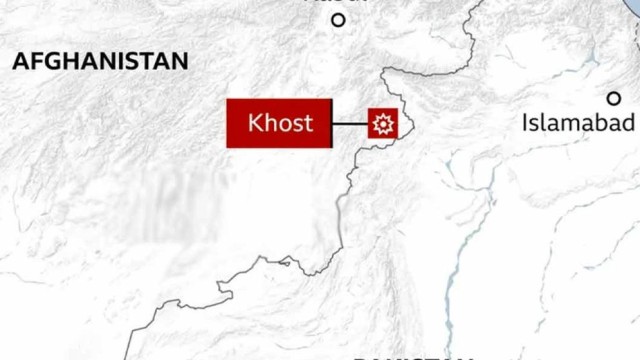
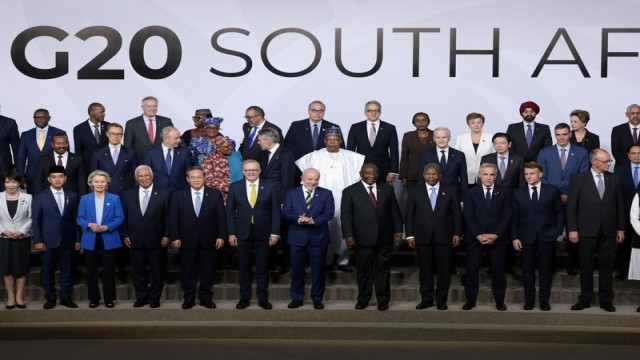











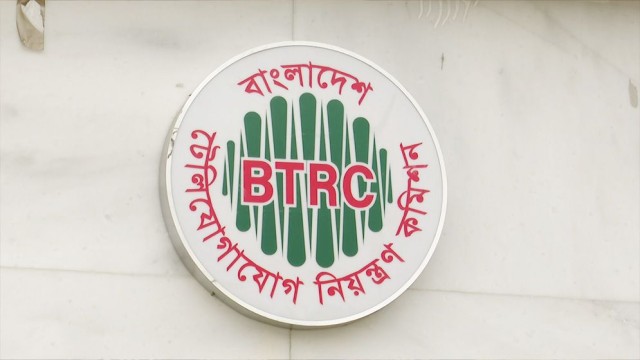

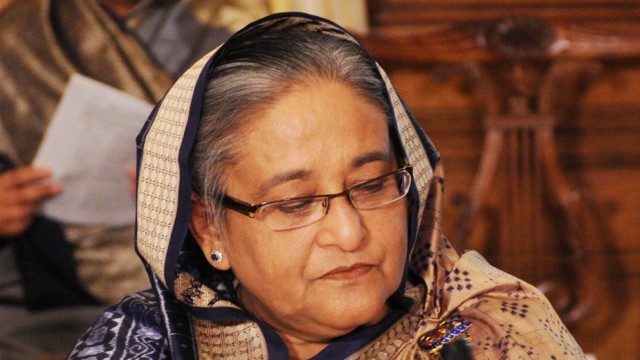








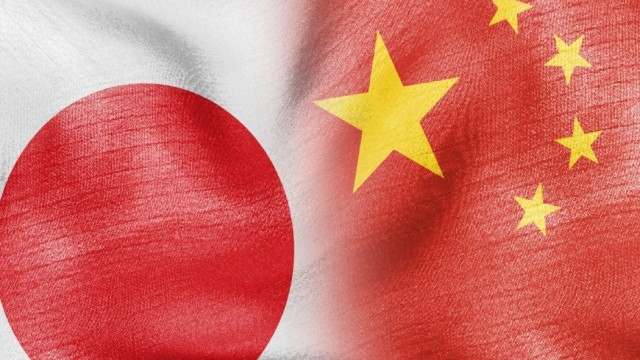


Comment: